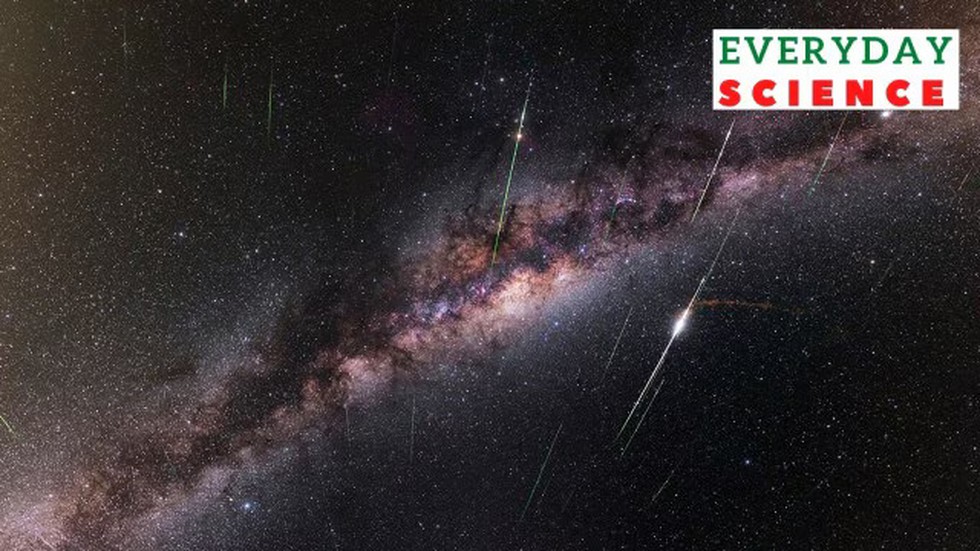About Eta Aquariid meteor:
- It is formed when Earth passes through the orbital plane of the famous Halley’s Comet, which takes about 76 years to orbit the Sun once. It seems to be originating from the Aquarius constellation — hence ‘Eta Aquariid’.
- It is known for its rapid speed. This makes for long, glowing tails which can last up to several minutes. About 30 to 40 Eta Aquarid meteors can be seen per hour during the peak of the meteor shower, if observed from the Southern Hemisphere.
- The number decreases to about 10 meteors per hour if being viewed in the Northern Hemisphere. This is due to the location of the “radiant” — the position in the sky where the meteor shower seems to come from.
- In the Northern Hemisphere, Eta Aquarid meteors most often appear as ‘Earthgrazers’ — long meteors which appear to skim the surface of the Earth. In the South, however, they can be seen higher up in the sky and hence are more visible.
What are comets?
- These are frozen leftovers from the formation of our solar system, some 4.6 billion years ago. They are composed of dust, rock and ice and orbit around the Sun in highly elliptical orbits which can, in some cases, take hundreds of thousands of years to complete.
- Billions of them theorised to be orbiting the Sun beyond Neptune, in the Kuiper Belt and even more distant Oort cloud. As they come closer to the Sun, comets “heat up and spew gases and dust into a glowing head that can be larger than a planet”. This material also forms a tail which stretches millions of miles.
How are meteor showers related to comets?
- Meteors are simply grains of dust or rock that burn up as they enter the Earth’s atmosphere. This burning also creates a brief tail.
- Since most meteors are tiny they completely burn up in Earth’s atmosphere. However, once in a while, a large enough meteor passes through and hits the ground (at which time it is called a meteorite), often causing significant damage.
- A meteor shower can be observed when Earth passes through the clouds of dust left behind in a comet’s orbital plane.
